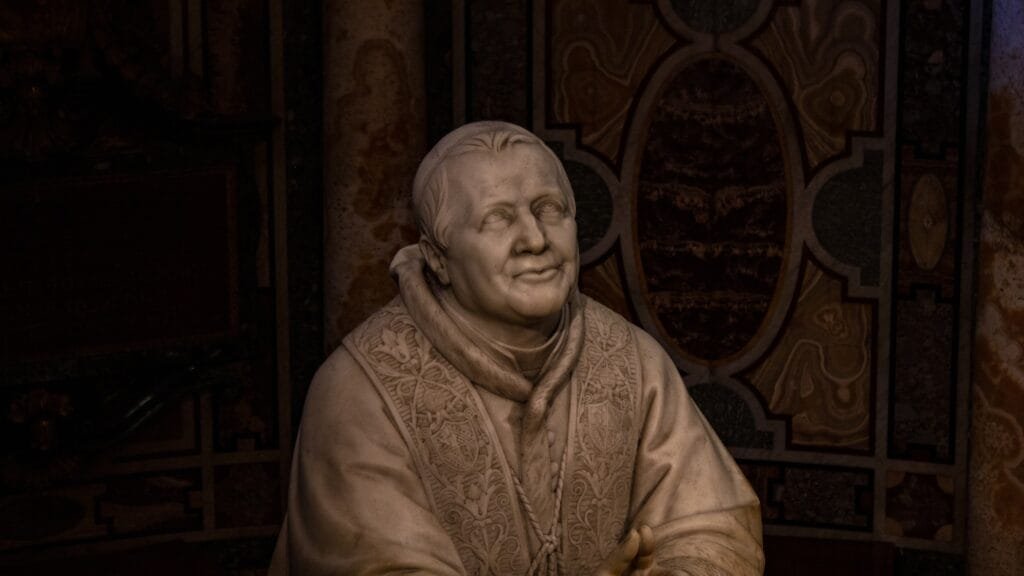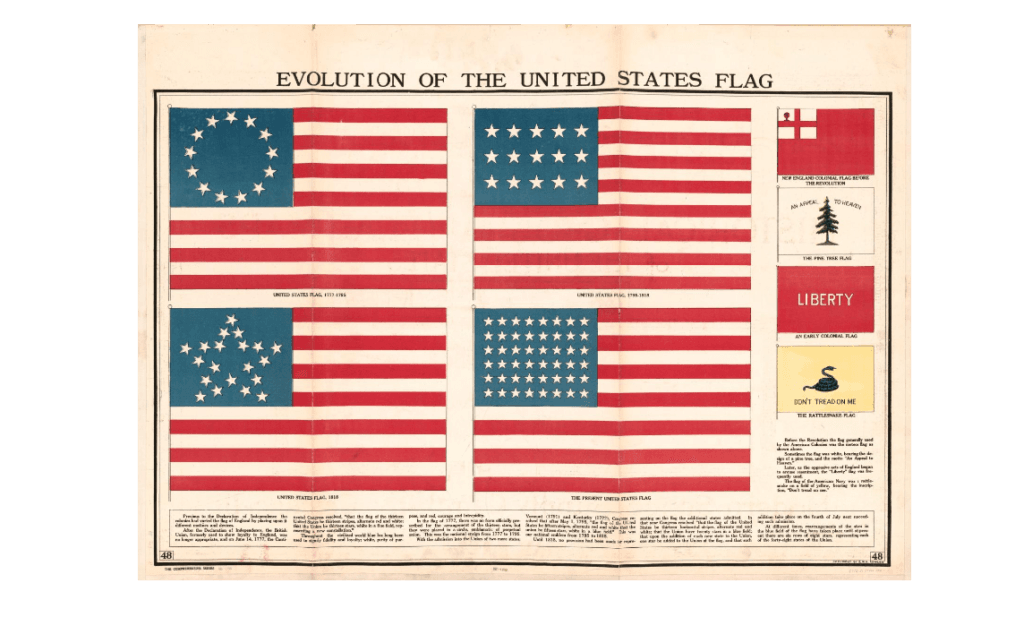When it comes to protecting endangered races in our world, it is crucial to address the complex dynamics involved. One such example is China’s approach to assimilating a group of beings, not as individual races with their own religion, philosophy, and identities, but rather as subjects to be assimilated into their doctrine.
This raises important questions about the preservation of cultural diversity and the rights of these endangered races. While some argue that assimilation can lead to societal harmony and progress, others believe it undermines the fundamental rights of these races.
China’s assimilation policies often involve imposing their language, customs, and beliefs onto these endangered races, eroding their unique identities and traditions. This assimilation process can result in the loss of language, cultural practices, and even religious beliefs.
However, it is crucial to acknowledge that protecting endangered races goes beyond mere preservation of cultural heritage. It also involves ensuring the well-being and safety of these individuals, addressing issues of discrimination and inequality.
Efforts to protect endangered races must involve a careful balance between preserving cultural diversity and promoting inclusivity. It is essential to respect the rights and autonomy of these races, allowing them to maintain their unique identities while also providing support and resources for their development.
Ultimately, the reality of protecting endangered races in our world requires a comprehensive and nuanced approach. It demands dialogue, understanding, and collaboration between different cultures and nations. Only through such collective efforts can we ensure the preservation and flourishing of these races for generations to come.













